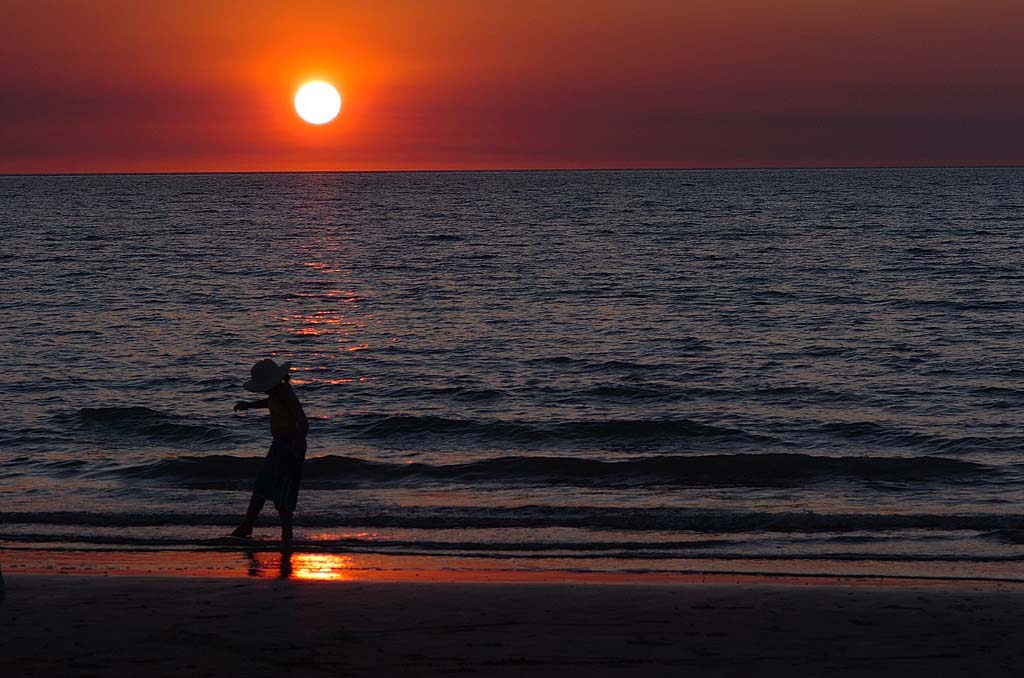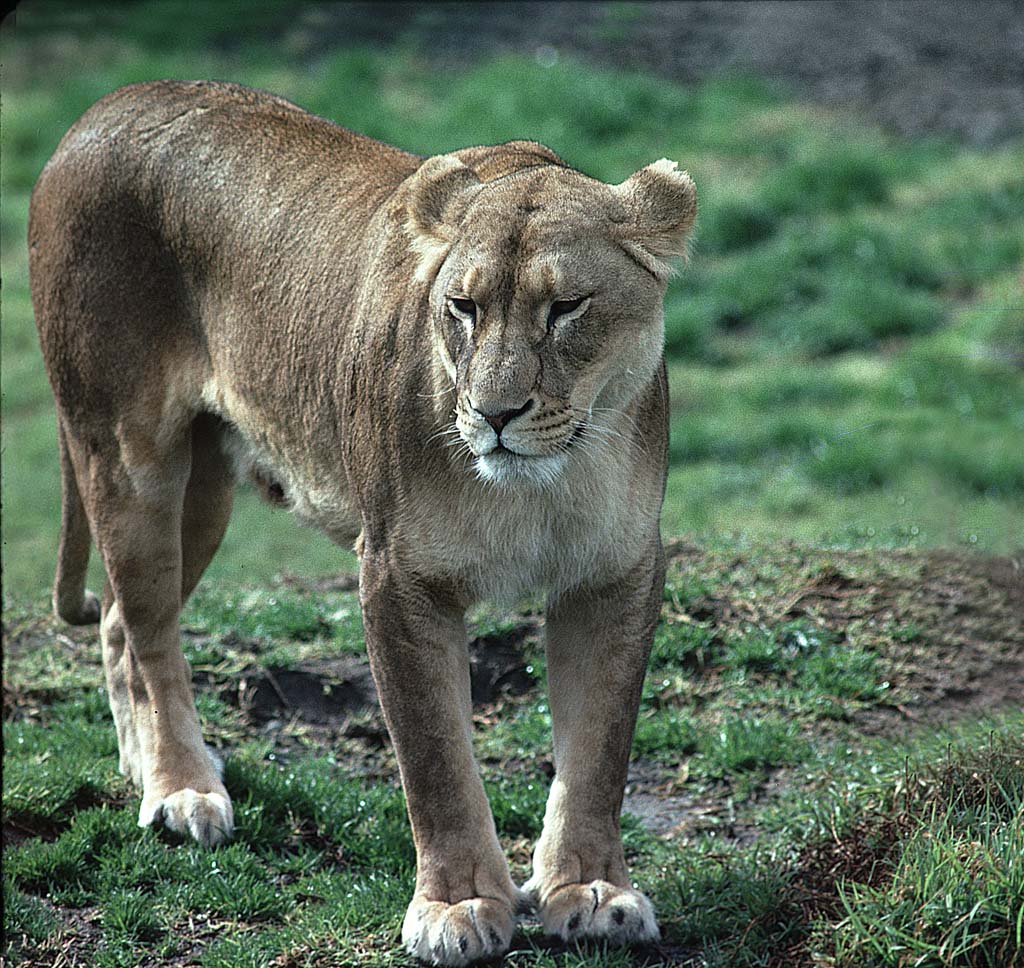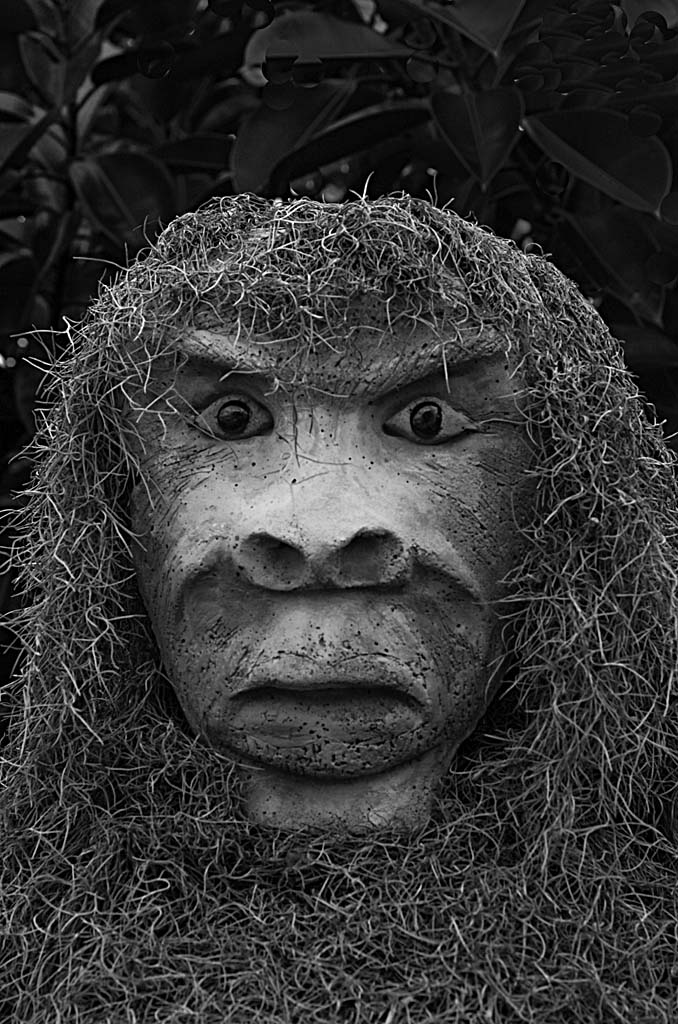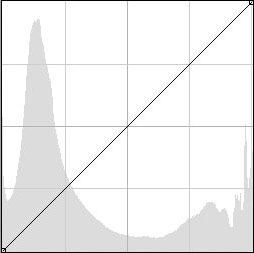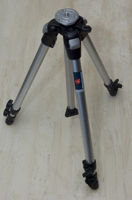With domestic animals or animals in the zoo, the photographer generally has the confidence of the animal and a lens in the range of 50-200 mm may be sufficient.
When animals are in cages a very large aperture should be tried to give a very low depth of field, as this may help to give a blurred background to reduce any interference such as cages or other intrusive objects.
Digital Photography
Digital photography is unlimited. With film we were limited by the chemical processes which were used. Now we use many different software packages to process our digital files and we are virtually unlimited in what we can do in Photoshop and other software packages.
With digital we now have many variables, shutter speed, aperture, ISO, white balance, sharpness, contrast, saturation and custom curves for some of the more sophisticated cameras.
Film Photography
Film appears to be very limited compared to digital, once a certain ISO speed film and color temperature film is in the camera, we can only modify certain of the film characteristics by using filters, whereas with digital these limits do not apply. Film has the capability to capture superb highly saturated images.
However, film has been with us for many years and it produces excellent results with extremely high resolution compared to digital cameras. One can only guess how much longer film will be available.
Black and White Photography
Black and white photography may be regarded as abstract photography as the image is not a true representarion of the original scene. A good black and white image will be expected to contain the full range of tones from complete black to complete white.
There are two methods of getting a black and white image. Firstly through the process of capturing the image in camera from a black and white film, this method has proven itself over many years of development. Secondly an image can be captured digitally and then processed to discard all the color information.
Dynamic Range
The Dynamic range of a camera can be defined as the ratio between the maximum and minimum light intensities from the sensor. The maximum ligjht intensity representing white and the minimum light intensity representing black. The dynamic range can be measured in f-stops to describe the overall light range available, summing up it is the… Continue reading Dynamic Range
Digital Camera Sensors
Image sensors are the heart of the digital camera, if comparing to a film camera the image sensor is the equivalent to the film.
When purchasing a camera the sales person will most likely try to sell a camera based on the number of Megapixels in the cameras sensor, but this is only part of the story. A more important issue is how large is the sensor and how large are the pixels on the sensor.
Exposure Value
Most modern cameras and light meters measure the photons of light reflected from the subject in terms of Exposure Value (EV). The greater the number of photons received, the greater the electricity that is produced by the light meter. International standards specify how much light received equals a certain EV number.
Long Exposures
Long ExposuresLong exposure photography is generally refered to when the photographer uses shutter speeds greater than can be hand held and still get sharp images. There are several options to turn to when this occurs.
Image Stabilization or Vibration Reduction which is built into some lenses, will assist in allowing the use of longer exposure times, in some circumstances this can be by the equivalent of three to four stops. This means that a shutter speed which would normally 1/100 of a second hand held could be extended to possibly 1/10 or 1/5 of a second, using one of these lenses. Image stabilization lenses compensate for the movement of the camera and lens by moving an element inside the lens to stabilize for any movement of the image at the sensor plane. Image stabilization or vibration reduction can be very usefull in longer lenses from 100mm and upwards.
White Balance and Color Temperature
The reason we need to adjust the colors reorded by the camera is because the scene we are photographing may be lit by different light sources and the variation in light sources may cause a color cast in the final image, the color cast which a light source may exhibit is determined by the color temperature of the light ce. The unit of measurement for color temperature is Kelvin (K).
Photographic Exposure
With any camera the digital sensor or film needs to receive the correct amount of light for the final image to be correctly balanced in respect to the intensity of the light and the colors and tone of the image. If the sensor receives too much light the image will be washed out and light toned, if the image receives insufficient light the image will be too dark and may appear muddy. If the images receives the correct amount of light the images will be well balanced in respect to colours and tone.

